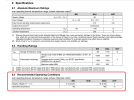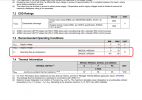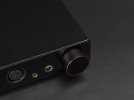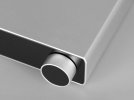Grooved
Addicted to Fun and Learning
- Joined
- Feb 26, 2021
- Messages
- 682
- Likes
- 441
Thanks @gamerpaddy
Now, if it get hot on the underside too, it will be hard to cool it, unless you have enough space bellow, and place a copper plate in U shape, making a sandwich of this module, and then adding a heat sink on the top.
I already did it on a module like this, with chips on both sides but only the ones on the top had good contact with the heat sink. The other were too hot, and after making and placing this U form, it was perfect.
I was thinking the same as soon as I saw two sides in this module.i should have used jumper wires instead, so i can take a thermal photo of the underside.
View attachment 237622
Now, if it get hot on the underside too, it will be hard to cool it, unless you have enough space bellow, and place a copper plate in U shape, making a sandwich of this module, and then adding a heat sink on the top.
I already did it on a module like this, with chips on both sides but only the ones on the top had good contact with the heat sink. The other were too hot, and after making and placing this U form, it was perfect.




